Looking at averages of unsegmented data is misleading. Analyzing segmented data and distributions instead might directly feed your insights and optimization plans.
I am inspired to write this post after receiving feedback from a few of my loyal readers.
In this post I will talk about the differences between view filters and segments.

It is a very important topic to understand since both filters as well as segments are crucial in segmentation and Google Analytics data analysis.
I will explain about technical as well as analytical differences between both segmentation options.
Segment with View Filters and Segments
Ideally you should know all about the differences between filters and segments before you apply them in your Google Analytics account.
In reality a lot of people learn by making mistakes along the way.
I have found that most people are unsure about what the actual differences are and when to use one of them or both.
Here is a list of 10 differences I will explain in more depth:
- Where to create them.
- Access level required.
- Level on which they influence data.
- Historical vs. future effect.
- Permanent vs. temporary effect.
- Long term segmentation vs. ad hoc analysis.
- Immediate effect vs. effect within hours.
- Number of regex characters that are allowed to use.
- Sharing with other users.
- Only text string matches vs. broader matching.
And one BONUS item at the end.
Let’s start with number one!
1. Where to Create Them
Google Analytics view filters are created in the admin interface.
You have two options here:
- Create a filter on the account level and apply to one or more reporting views later.
- Create a filter directly on the view level.
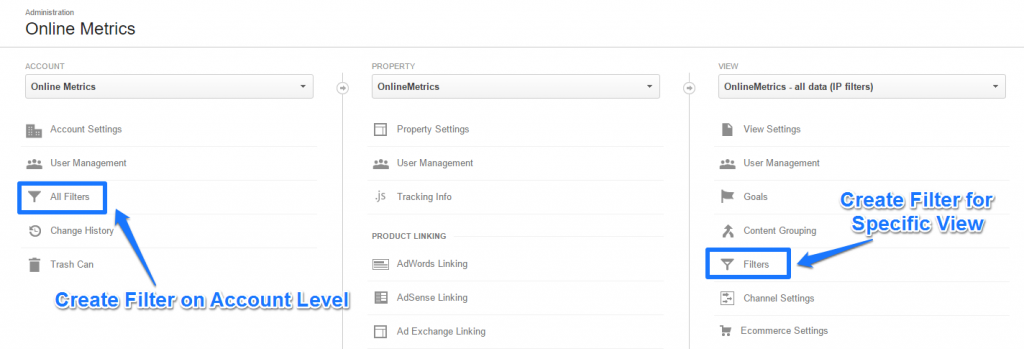
Segments can be created both in the admin interface as well as the reporting interface.
Note: the advantage of creating segments in the reporting interface, is that you can evaluate them before saving.
2. Access Level Required
If you want to create filters, you need to have “edit” rights. And that’s a good thing since filters can completely ruin your data if incorrectly used.
Segments can be created by anyone who has Google Analytics account access. And in comparison they can’t interfere with your data collection process.
3. Level on Which They Influence Data
View filters are useful for creating different views and influencing data on the pageview level.
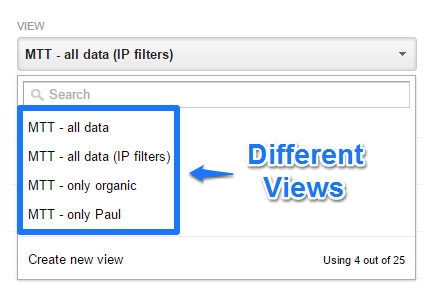
Segments influence reporting data on the session or user level.
Note: users are most often identified on the browser / unique device level.
4. Historical vs. Future Effect
Filters only impact future data. From the moment they are applied they impact the data being stored in Google Analytics.
Segments effect both current as well as historical data.
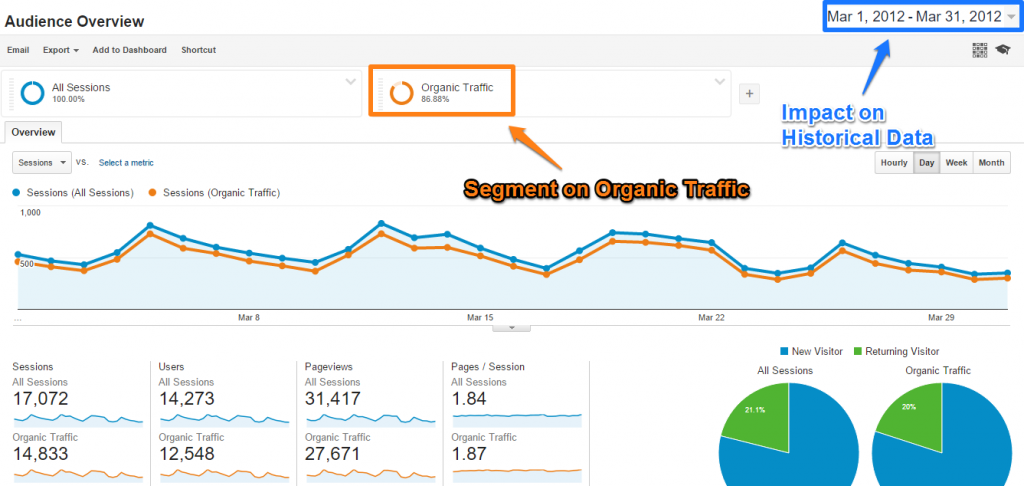
5. Permanent vs. Temporary Effect
Google Analytics filters have a permanent effect. That’s why it’s a good thing that only users with the highest access level (edit) can create and apply filters to one or more views.
Segments only affect Google Analytics data for the time they are applied to your report. Your data will return to “normal” once you remove them from the view.
6. Long Term Segmentation vs. Ad Hoc Analysis
I strongly recommend to use filters for long term segmentation purposes.
As a best practice you can start with using segments. Create a filtered view if you use the segment over and over again.
Segments are great for ad hoc analysis.
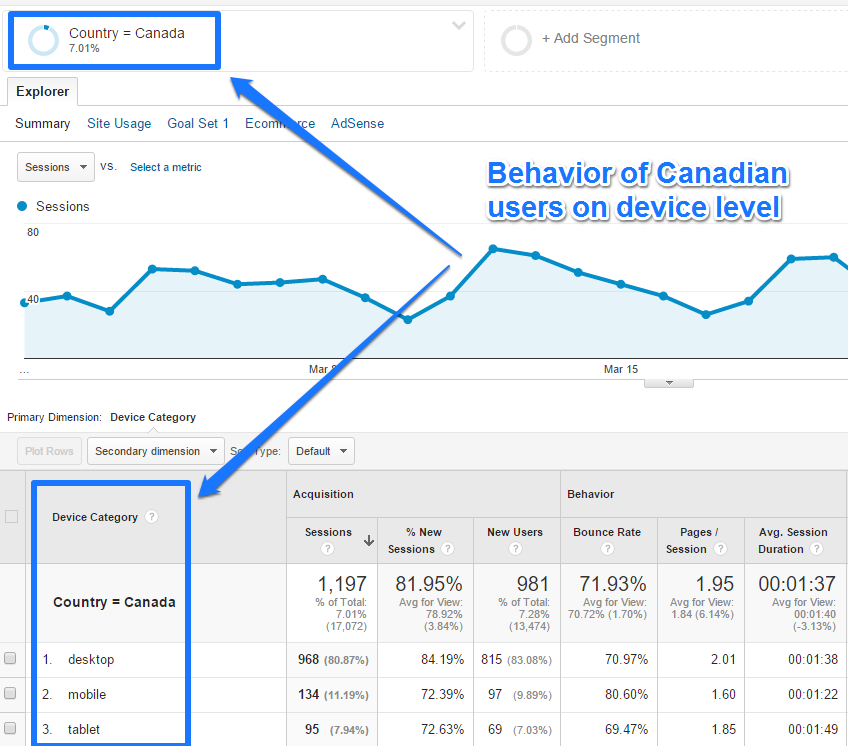
A few examples:
- Analyzing a campaign for a specific region.
- Cohort analysis (time range in which visitors came to your site).
- How people navigate your site via sequential analysis.
Note: you don’t want and can’t create a separate view for every segment you have built.
7. Immediately Effect vs. Effect Within Minutes or Hours
You can see the effect immediately once a segment is applied to your data set.
Adding a filter to one reporting view usually takes some time before it affects your data. This could vary from a few minutes to a couple of hours.
In my experience the effect is noticed much faster now than it was in the past.
8. Number of Regex Characters Allowed to Use
Filters are limited to 255 regex characters.
You can build much longer regex statements when setting up segments.
I think that currently around 30.000 characters are allowed. This is the maximum and applies to situations where you use multiple statements as well.
9. Sharing with Other Users
Segments are configured per user and can be applied to multiple views in one or more Google Analytics accounts.
They can also be shared with other users.
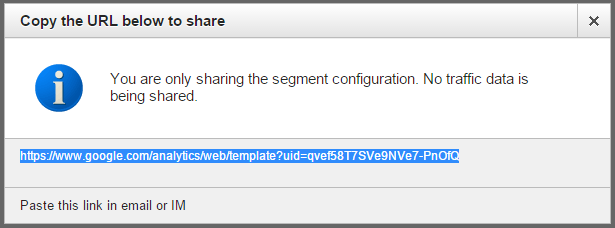
Filters are applied on the view level.
Other users that have access to the same view will see segmented data (based on the view filter(s)) that are applied).
10. Only Text String Matches vs. Broader Matching
Segments are much more powerful in some ways. You can apply different kind of statements, both text string matches as well as numerical conditions.
It is even possible to set up sequence-based segments.

You can use cascading filters for combination effects. However, you can’t use numerical conditions in filters.
BONUS: Sampling Risk
I have just explained that you have more flexibility when setting up segments. However, bear in mind that segments might cause sampling to occur.
On the other hand, filters can prevent you from having to deal with sampling. It all depends on your website traffic levels and if and how you segment your data..
Read this article if you want to learn more about sampling.
Well, this is it from my side.
I hope this article helps you to work with filters and segments in a more efficient way. And I am happy to hear your comments!
One last thing... Make sure to get my automated Google Analytics 4 Audit Tool. It contains 30 key health checks on the GA4 Setup.
Hi Paul,
Great article!
Filters and segments are technical and difficult to understand.
Many marketers say their clients do not use them.
Too bad…
But that is over.
You made filters clear again.
Thanks.
Cheers,
Fanny
Hi Fanny,
Thank you for your comment and great to hear this article is useful to you.
It’s my goal to simplify the complex things so that everybody can leverage all features in GA.
Best,
Paul
Its a good article which gives clarity on filters and segments.Thanks